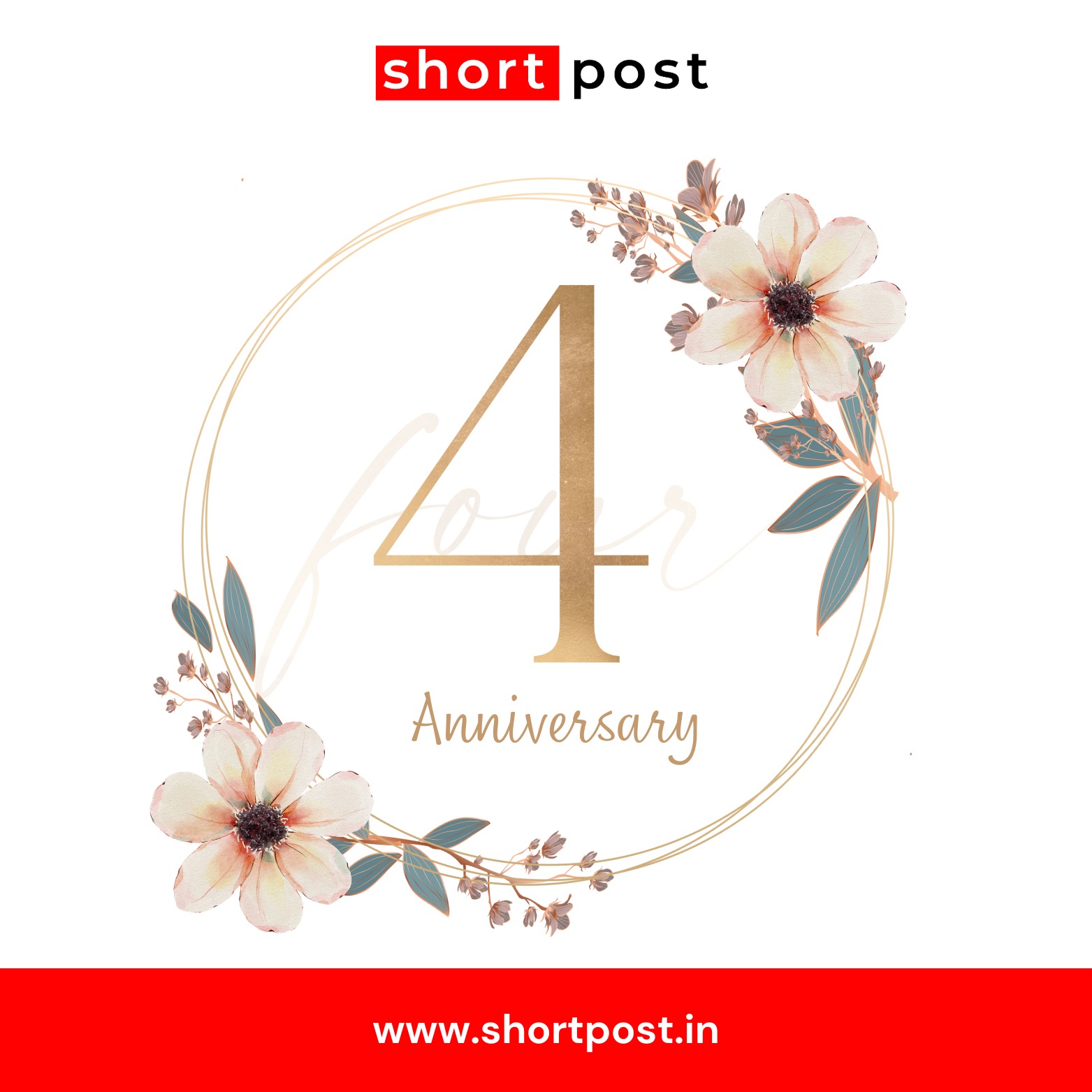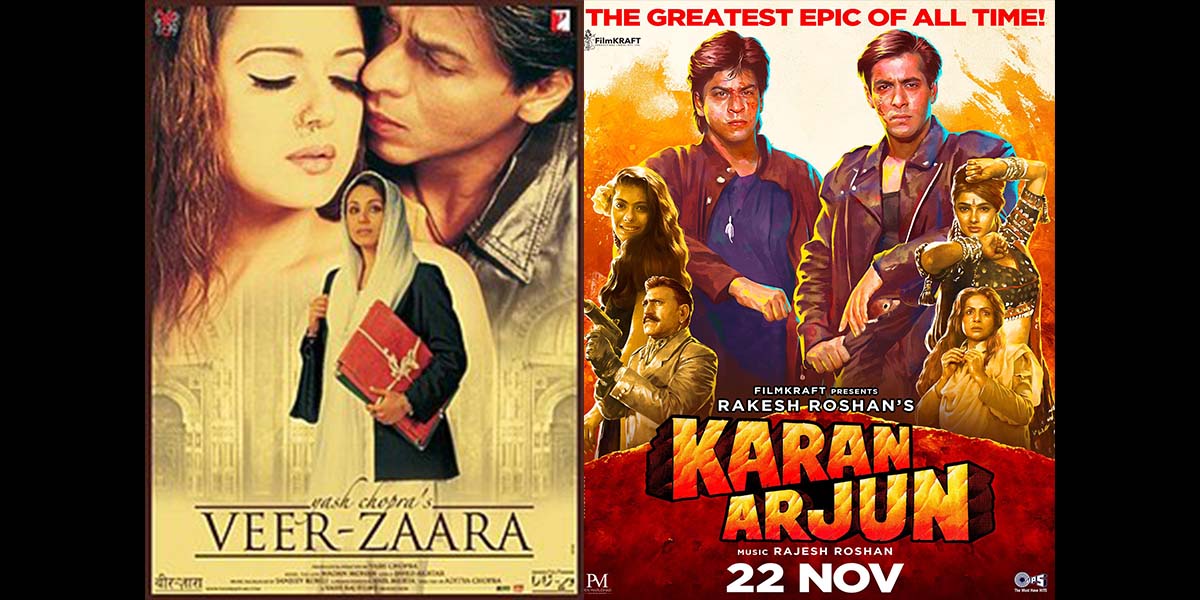Are the re-runs slowly becoming a revenue model both for producers and exhibitors who have been grappling to bring back the audiences to cinema halls? Diwali turned out to be decent but then again we are gone back to re-release of films. Shah Rukh Khan’s Veer Zara re-release has been appreciated. Rakesh Roshan plans a re-release of Karan Arjun with a huge number of screens after 30 years of its release. This again has Shah Rukh Khan and Salman Khan coming together for the first time on screen. SRK’s Kal Ho Naa Ho and Pardes too are re-releasing in cinemas. Those in the trade feel that re-release of Tumbbad, Rehna Hai Tere Dil Mein and Laila Majnu have given courage to producers to cash on re-runs. The re-runs have stirred both excitement and curiosity. Traditionally, re-releases were reserved for timeless classics, but now more recent films are being revived, prompting questions: Is this trend purely nostalgic, or is there a deeper strategy at play? According to Trade Analyst Saurabh Varma, the re-release phenomenon is benefiting the cinema industry in multiple ways. For producers, re-releasing films is a cost-effective option. The marketing and distribution expenses are far lower than for new releases. Re-releases tap into the large fan bases of iconic films, giving long-time fans a chance to relive their favourite stories on the big screen. Furthermore, these revivals provide a unique opportunity for younger viewers who may have missed these films during their initial release. The combination of nostalgia and iconic music resonates deeply with audiences.

 Politics
Politics Business
Business Entertainment
Entertainment Sports
Sports Celebrities
Celebrities





